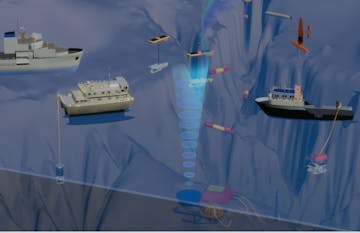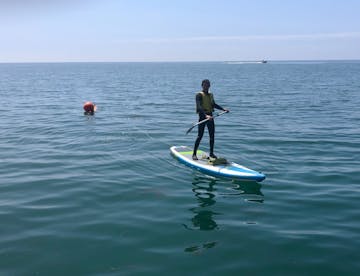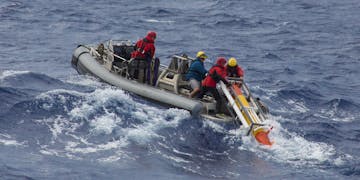New analytical modules within the 3G ESP are currently under development to analyze the samples immediately after collection, in situ, to identify target genes or compounds of interest. One useful application of this emerging capability is to use the LRAUV to find hot spots of chlorophyll, follow and monitor those hot spots for the presence of specific harmful algal species and the toxins they produce, and to relay that information to shore.
As the LRAUV and its sensor payloads mature, MBARI’s scientists and engineers are beginning to export the technology and operational know-how to address a wider array of issues. The first step in that export has been through strategic partnerships with a range of agencies, including the National Science Foundation (NSF), the National Oceanic and Atmospheric Administration (NOAA), the US Geological Survey (USGS), the US Coast Guard (USCG), the Gordon and Betty Moore Foundation, and the Schmidt Ocean Institute.
LRAUVs have been used for NOAA experiments in Southern California, Monterey Bay, and Lake Erie, as well as USGS surveys in Lake Michigan. NSF funded the construction of three 3G ESP/LRAUVs for use by the University of Hawaii and the Schmidt Ocean Institute to study microbial communities in the open sea. The Moore Foundation is currently supporting the development of a new LRAUV payload to help quantify carbon flux export into the deep sea, while the USCG is developing an oil-spill response capability for the Arctic based on the same vehicle with a different sensor suite. The latter involves developing new payloads and software for operating under ice via a partnership with the Arctic Domain Awareness Center at the University of Alaska and the Woods Hole Oceanographic Institution, which has licensed and is now building LRAUVs for the US Coast Guard with funding from the DHS Science and Technology Directorate. The next step in exporting this technology will be to find a suitable partner to build, market, and distribute the vehicles to a growing list of interested end-users.



